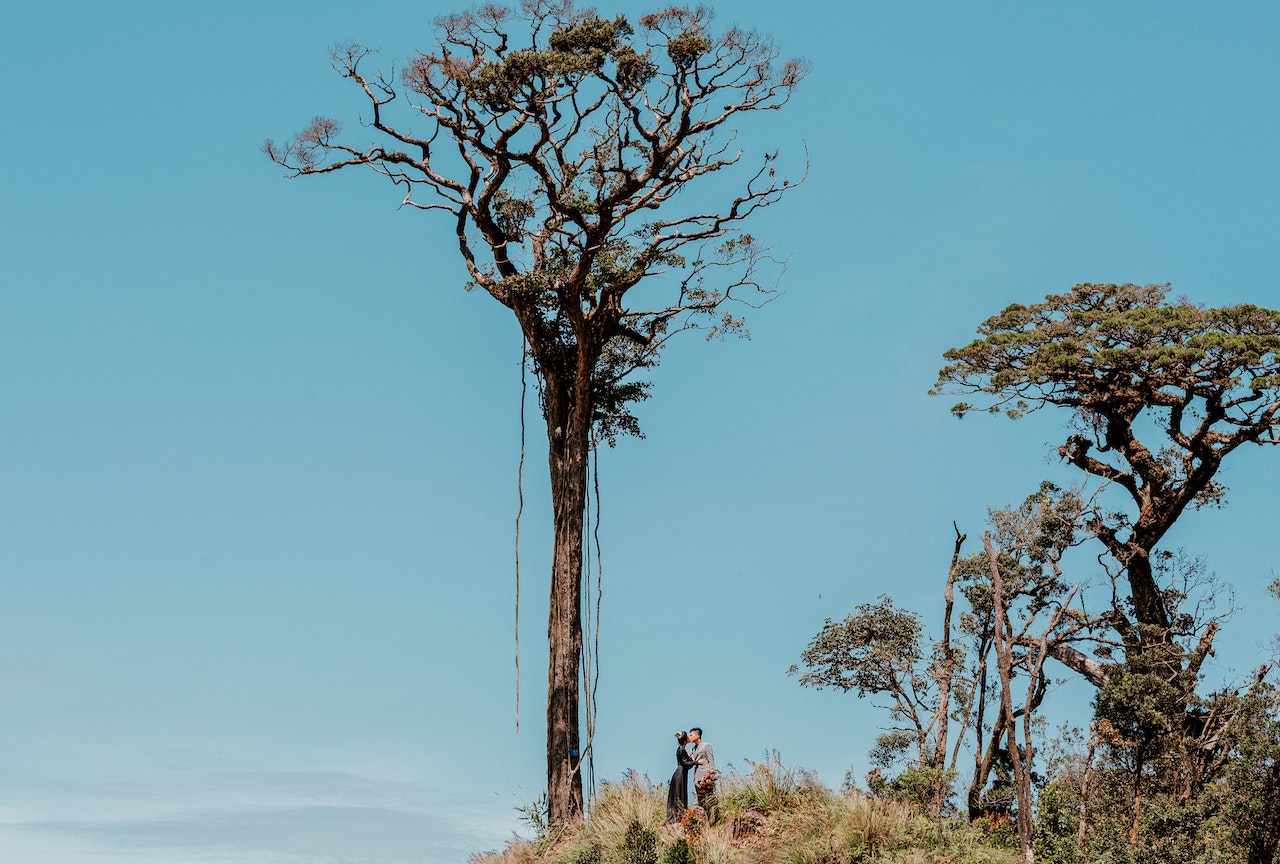If you’re an herb enthusiast, you know the joy of growing your own dill plants and relishing their fresh aroma and distinct flavor in various culinary delights. However, dill plants, like any other herb, have a tendency to grow tall and leggy, especially in certain conditions. If your dill plants have reached towering heights and become unmanageable, don’t worry! In this guide, we will explore effective steps to rein in those overgrown dill plants and keep them thriving.
1. Identifying Overgrown Dill Plants
Before you take any action, it’s essential to ensure that your dill plants are genuinely overgrown. Dill is known for its lanky growth habit, but if your plants have become excessively tall and are struggling to support themselves, it’s time to intervene.
2. Pruning for Height Control
Pruning is a simple yet powerful technique to manage the height of your dill plants. Follow these steps:
a. Pinching Back the Stem: You can encourage bushier growth and prevent further height gain by pinching back the stems of your dill plants. Look for the leaf sets along the stem and make the cut just above a set of leaves. This will signal the plant to branch out from that point.
b. Cutting Above Pod Labels: Alternatively, you can locate where the stem meets the pod labels (the dried, brownish flower pods) and make a clean cut just above this point. This method helps redirect the plant’s energy towards lateral growth instead of further vertical growth.
3. Harvesting Dill Responsibly
Regular harvesting can also play a role in managing the height of your dill plants. When harvesting dill leaves or seeds, be mindful not to remove too much from a single plant. Instead, harvest in moderation from various plants in your herb garden to distribute the growth more evenly.
4. Provide Adequate Support
If your dill plants are still relatively young and haven’t reached their full height, it’s a good idea to provide some support to prevent them from bending or breaking. You can use stakes or small trellises to help the plants stay upright as they grow.
5. Optimal Growing Conditions
To avoid excessive height in your dill plants, it’s essential to provide them with the right growing conditions. Dill thrives in well-draining soil with sufficient sunlight. However, if your dill plants are receiving too much nitrogen, they might grow excessively tall. Consider adjusting the fertilizer or compost to balance their growth.
Conclusion
Growing dill in your herb garden can be a rewarding experience, but it’s essential to keep an eye on their growth to prevent them from becoming too tall and unmanageable. By employing proper pruning techniques, responsible harvesting, and providing the right support and growing conditions, you can enjoy healthy and well-balanced dill plants that continue to enhance your culinary adventures. Happy gardening!
FAQs (Frequently Asked Questions)
1. Will pruning my dill plants affect their flavor or potency? No, pruning your dill plants to manage their height will not negatively impact their flavor or potency. In fact, proper pruning can encourage bushier growth and lead to more abundant foliage, ultimately enhancing the flavor of the leaves and seeds. Just be sure to harvest responsibly and avoid removing more than one-third of the plant at a time to maintain its vitality.
2. Can I use the pruned dill leaves and stems for cooking? Absolutely! The pruned dill leaves and stems are entirely usable in cooking and can add a delightful flavor to a wide range of dishes. Dill is often used in salads, dressings, marinades, and various recipes featuring fish, poultry, and vegetables. Waste not, and enjoy the freshly harvested dill in your culinary creations!
3. My dill plants are already too tall and leggy; can I still salvage them? While it’s best to address the height issue early on, you can still take action to salvage your overgrown dill plants. Follow the pruning techniques mentioned in the blog post to encourage lateral growth and support the plants with stakes or trellises. Be patient and consistent with your care, and your dill plants may recover and thrive despite their initial legginess. However, do keep in mind that excessively overgrown plants might be more challenging to manage, so regular monitoring and timely intervention are essential.

Leave a Reply